Health Consciousness
The rising health consciousness among consumers is a significant driver for The Global Organic Fruits and Vegetables Industry. As individuals become more informed about the nutritional benefits of organic produce, they are increasingly opting for fruits and vegetables that are free from synthetic pesticides and fertilizers. Market data indicates that organic fruits and vegetables are perceived as healthier alternatives, which has led to a notable increase in sales. In fact, the organic produce segment has seen a growth rate of around 12% in recent years, reflecting a shift in consumer preferences towards healthier food options. This trend is likely to continue as more people seek to improve their diets and overall well-being, thereby propelling The Global Organic Fruits and Vegetables Industry forward.
Sustainability Focus
The increasing emphasis on sustainability appears to be a pivotal driver for The Global Organic Fruits and Vegetables Industry. Consumers are becoming more aware of the environmental impact of conventional farming practices, leading to a surge in demand for organic produce. This shift is reflected in market data, indicating that the organic food sector has experienced a compound annual growth rate of approximately 10% over the past few years. As consumers prioritize eco-friendly options, producers are adapting their practices to meet these expectations, thereby enhancing their market presence. Furthermore, regulatory frameworks are increasingly supporting organic farming, which may further bolster the industry's growth. The alignment of consumer values with sustainable practices suggests a promising trajectory for The Global Organic Fruits and Vegetables Industry.
Local Sourcing Initiatives
Local sourcing initiatives are emerging as a crucial driver for The Global Organic Fruits and Vegetables Industry. Consumers are increasingly interested in purchasing locally grown organic produce, which is perceived as fresher and more sustainable. This trend not only supports local economies but also reduces the carbon footprint associated with transportation. Market data suggests that local organic produce sales have risen significantly, with many consumers willing to pay a premium for locally sourced items. This shift towards local sourcing is likely to enhance the visibility and accessibility of organic fruits and vegetables, thereby stimulating growth in The Global Organic Fruits and Vegetables Industry. As more farmers adopt organic practices, the supply chain for local organic produce is expected to expand, further benefiting the industry.
Government Support and Regulations
Government support and regulations are increasingly influencing The Global Organic Fruits and Vegetables Industry. Many governments are implementing policies that promote organic farming through subsidies, grants, and educational programs. These initiatives aim to encourage farmers to adopt organic practices, thereby increasing the supply of organic produce in the market. Market data suggests that regions with strong government support for organic agriculture have experienced faster growth in organic produce sales. Additionally, regulatory frameworks that ensure the integrity of organic labeling are fostering consumer trust, which is essential for market expansion. As governments continue to prioritize organic agriculture, The Global Organic Fruits and Vegetables Industry is likely to benefit from enhanced credibility and increased consumer demand.
Technological Advancements in Agriculture
Technological advancements in agriculture are playing a transformative role in The Global Organic Fruits and Vegetables Industry. Innovations such as precision farming, vertical farming, and advanced irrigation techniques are enabling farmers to optimize yields while adhering to organic standards. These technologies not only enhance productivity but also reduce resource consumption, making organic farming more viable. Market data indicates that the adoption of such technologies has led to increased efficiency in organic farming operations, potentially resulting in lower prices for consumers. As these advancements continue to evolve, they may attract more farmers to transition to organic practices, thereby expanding The Global Organic Fruits and Vegetables Industry. The integration of technology into organic farming could redefine production methods and consumer access to organic produce.
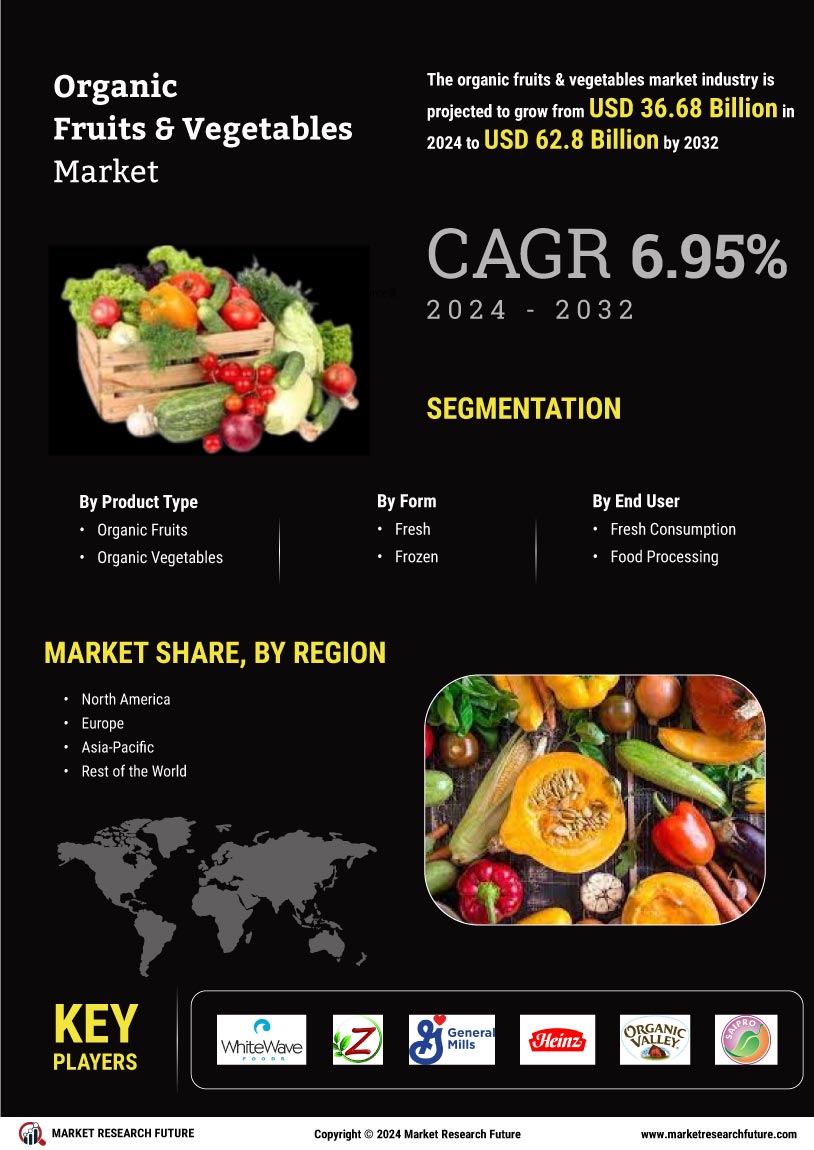

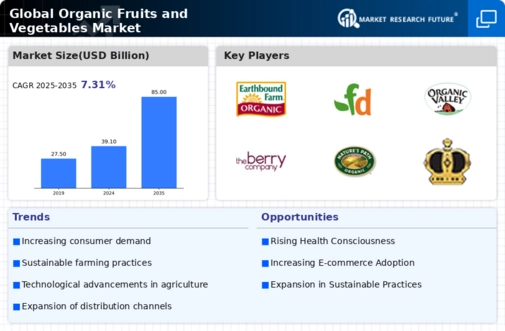
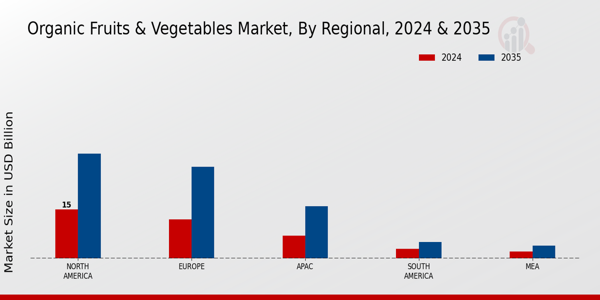


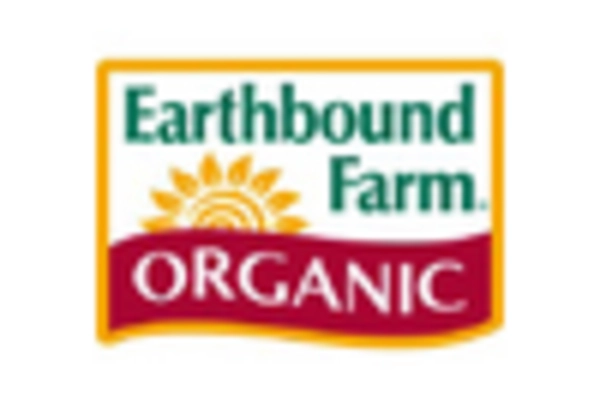

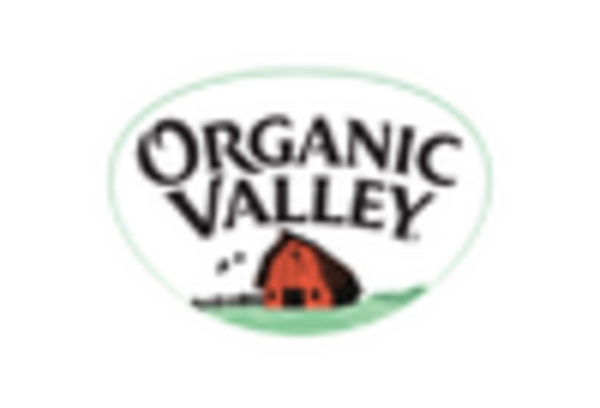









Leave a Comment